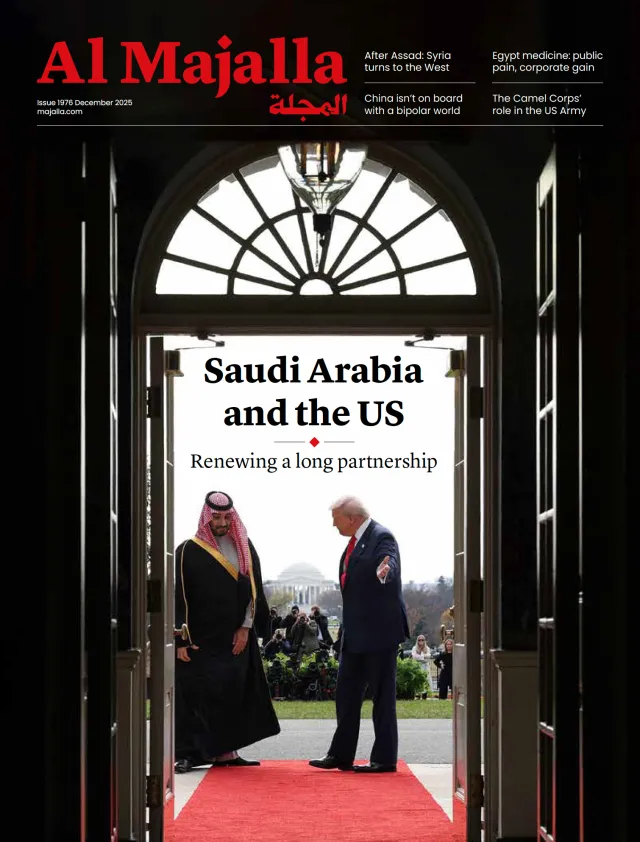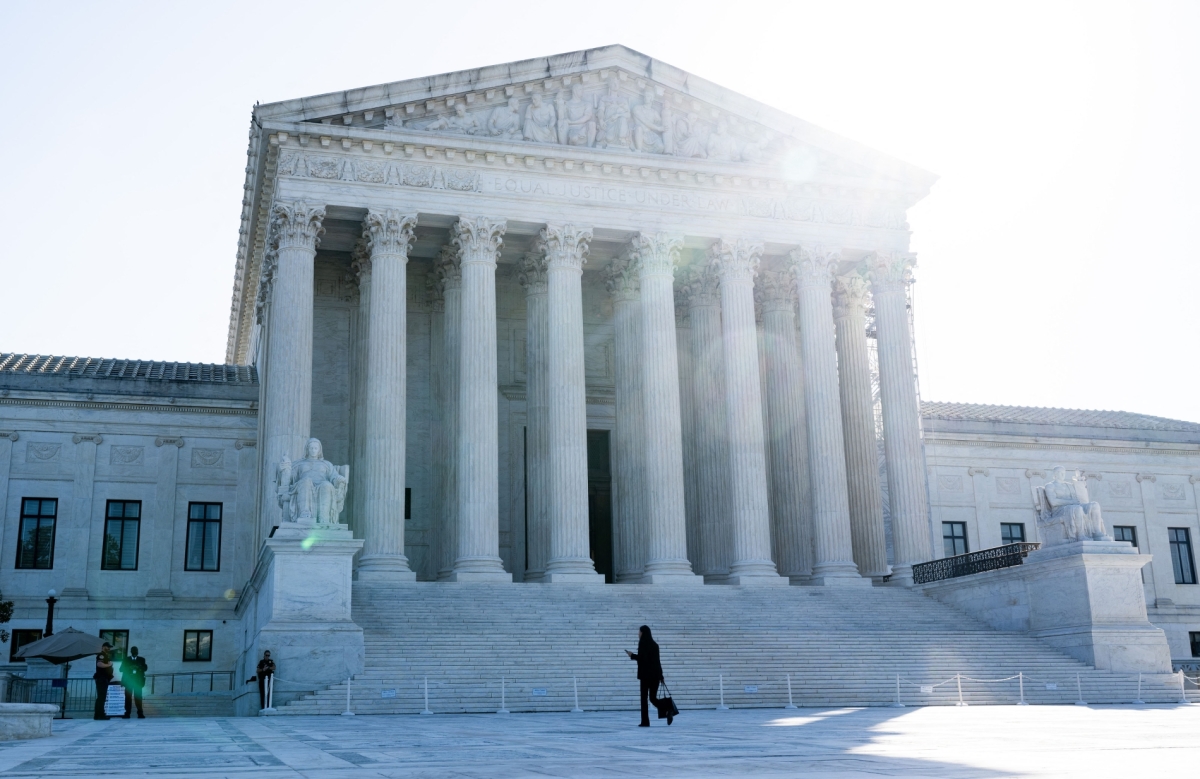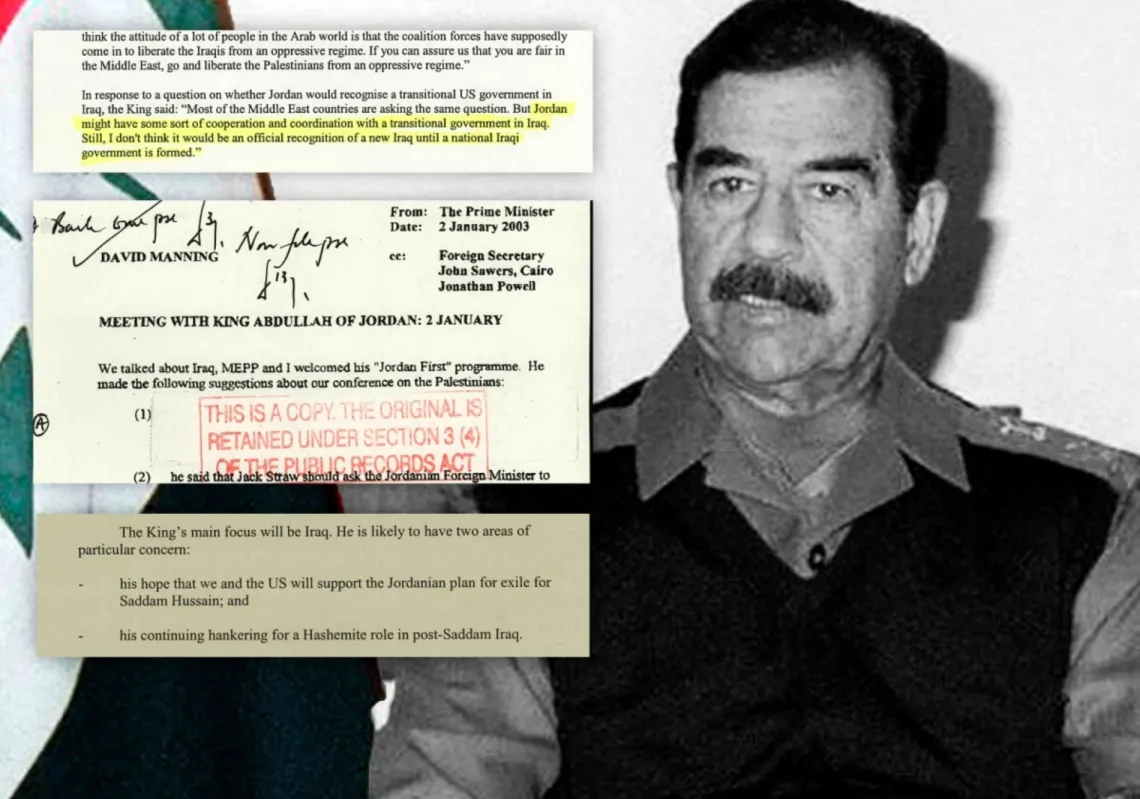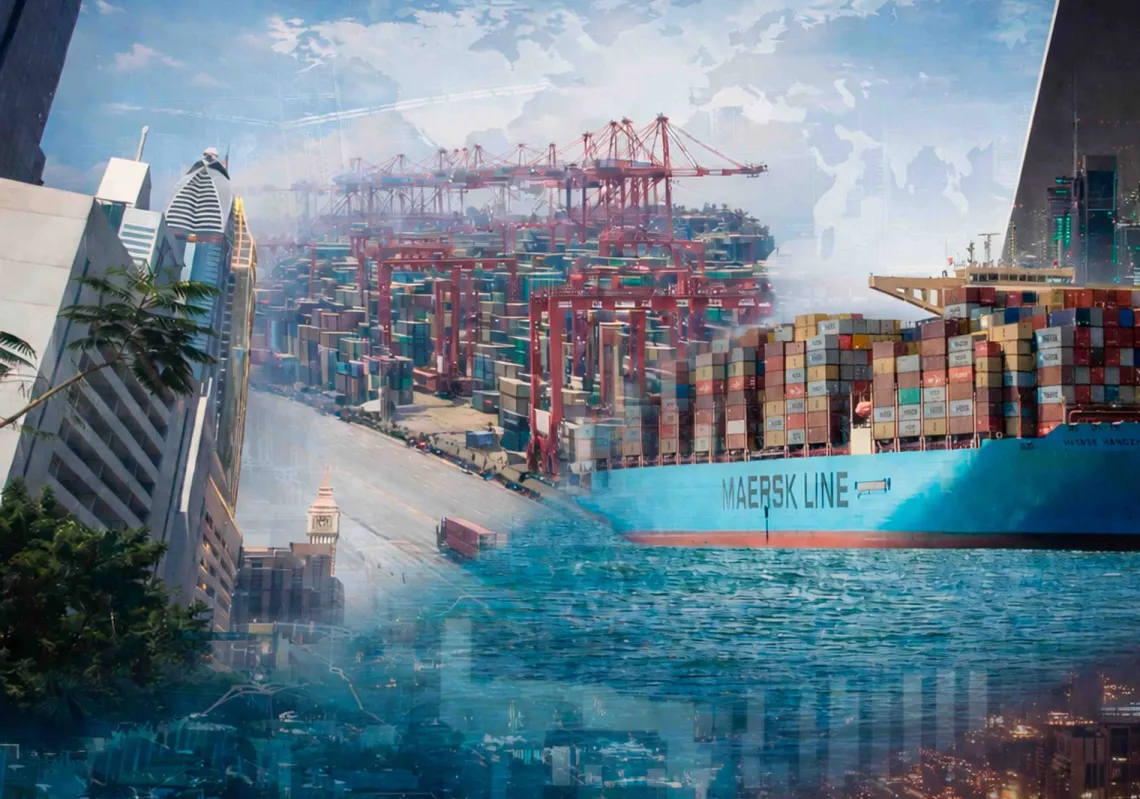At the end of August, the US Court of Appeals for the Federal Circuit in Washington ruled that most of the tariffs imposed by President Donald Trump against dozens of countries were unlawful. A significant setback for the White House, it sets the stage for an almighty tussle at the Supreme Court, where the country’s nine most powerful judges will consider what the president can and cannot do in terms of trade policy.
The US Supreme Court on Thursday set a date of 5 November for arguments it will hear concerning the legality of Donald Trump's sweeping global tariffs in a major test of one of the Republican president's boldest assertions of executive power that has been central to his economic and trade agenda.
In a 7:4 majority ruling, the Appeals Court explained that Trump had exceeded the authority granted under the International Emergency Economic Powers Act of 1977 (IEEPA). While this gives the president broad powers to act in a national emergency, it does not expressly authorise the imposition of tariffs or other taxes, nor does it empower the president to impose such measures arbitrarily for economic or security reasons without a clear mandate from Congress.
Trump’s unpredictable trade policies have unsettled financial markets, but he seems determined to pursue his policy of tariffs, which has already brought billions of dollars into the US Treasury. He has until 14 October to appeal to the Supreme Court, where six of the nine judges are conservative. The president will hope they lean his way on the centrepiece of his second term’s economic strategy.
Sole discretion
The Appeals Court’s decision reinforces an earlier ruling issued in late May by the Court of International Trade (CIT) in a case brought by five companies and 12 US states. That court rejected Trump’s argument that the authority to impose global tariffs fell within his “sole discretion” under IEEPA, determining instead that tariffs may only be applied to address an unusual and extraordinary threat that has led to a national emergency.

The ruling is a heavy blow to Trump’s trade agenda, in which tariffs were due to help reduce America’s trade deficit. The debate comes down to whether the president can impose taxes without Congressional approval. In the past, the Supreme Court has issued rulings supportive of expansive presidential powers, such as over stricter immigration enforcement, limits on military service by transgender personnel, and greater executive authority over federal agencies and their budgets, so Trump will hope for more of the same.
Yet some top legal experts doubt whether the Court will go as far as to endorse Trump's broad interpretation of IEEPA. John Veroneau, a partner at Covington & Burling LLP, is among those who find it difficult to imagine that the justices will interpret the Act so widely that the president could effectively rewrite customs law at will.
Pushing boundaries
The tariffs struck down by the Appeals Court were those Trump labelled "reciprocal", ranging from 10% to 50% depending on the country. Many were first imposed in April 2025, following an earlier wave in February targeting China, Canada, and Mexico in connection with fentanyl trafficking. During his first term, he imposed sweeping tariffs on imports from China, the European Union, Japan, South Korea, and other countries, presenting them as measures to protect American industry.
The Appeals Court's decision does not affect tariffs imposed under other legal authorities—such as those on imports of steel, aluminium, copper, and cars—nor the tariffs Trump introduced on Chinese goods during his first term, which were later maintained by his successor, President Joe Biden.
Trump argues that the trade deficit and the flow of migrants and drugs amount to a national emergency threatening the economy and security of the United States, thus justifying his invocation of IEEPA to impose tariffs to compel manufacturers to return jobs to the US and generate revenues to reduce the federal deficit.













